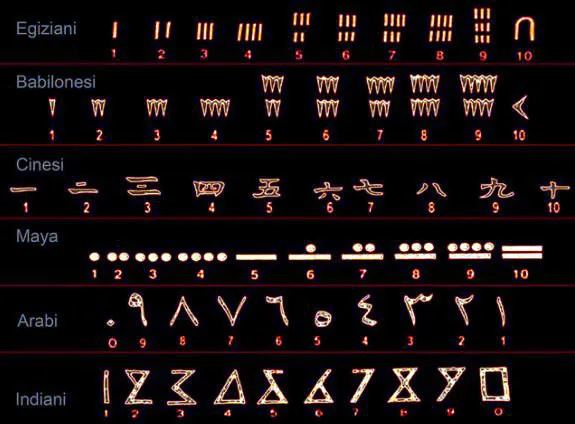The Invention of Zero

Saludos Hiverlectores, uniéndome a la actividad de #contra-reloj de este lunes dedicada a Inventos que cambiaron el mundo, participo con un invento que cambio la vida planetaria: El Cero.
Greetings Hiverreaders, joining this Monday's #contra-reloj activity dedicated to Inventions that changed the world, I participate with an invention that changed planetary life: The Zero.

Although for us the use of zero may be an everyday and trivial thing, to the point that any elementary school child can handle this mathematical concept, there was a time when this number did not exist and people did their mathematics without taking this value into account.
Capturing the reality of a world without zero is difficult because it is part of our life. Performing basic mathematical operations such as addition or subtraction are impossible without the use of zero. It is so common that no one stops to think about the significance of this number. On the other hand, when we try to conceptualize it, we find it complex.
For example, the number 10. It is an everyday thing but if we think about how we denote that number without the zero we will come to the conclusion that it is impossible. Or, in this other case: 1001. Nowadays we know that zero is worthless, but how would we refer to or graph the thousand and one without using zero.
In Roman numerals it would be MI. Simple, because Roman numerals are an additive system, where the zero is not necessary. If they needed to write, for example, one thousand six hundred and seventy-eight, it would be MDCLXXVIII. Just as they pronounced it, they wrote it. If we were to write it using the numerical notation we use today, it would be 1000600708.
In Roman numerals we could say that it is simple but when going to the basic mathematical operations the process is so cumbersome that it is easy to make a mistake.
In the beginning, our ancestors only counted things and for that they used their fingers and toes. When the exchange of products arose, there was a need for other more advanced mathematical operations. Likewise to measure distances, weights, among other things. This resulted in the search for ways to solve the numerical difficulties that arose beyond just counting things.
This is where historically controversies arose about who invented zero.
There is now consensus around the Hindu astronomer and mathematician Brahmagupta Siddhanta as the person who developed the numerical concept of what we know today as zero in 628 AD.
There is also consensus that the Babylonians, Chinese and Mayans built the zero independently.
On the other hand, according to historians, the Sumerians, 4500 years ago, were the first people on the planet who developed a positional numeral system, that is, the value of a symbol depends on its position with respect to other numeric symbols. Example: the number 5 in 4505 is worth according to the position it occupies in the digit.
Zero as an invention of mankind has allowed the development of all branches of science, from mathematics, physics, chemistry, economics, to social sciences. And it has been fundamental in technological progress: astronomy, computing, medicine, engineering.

Si quieres profundizar en las temáticas descritas en este post puedes revisar los siguientes enlaces:
If you want to go deeper into the topics described in this post you can check the following links:
¿Quién inventó el Cero?
Cero
Cero
Los banners son de mi autoria. Editados con Power Point y GIMP.
La imagen fue editada con GIMP